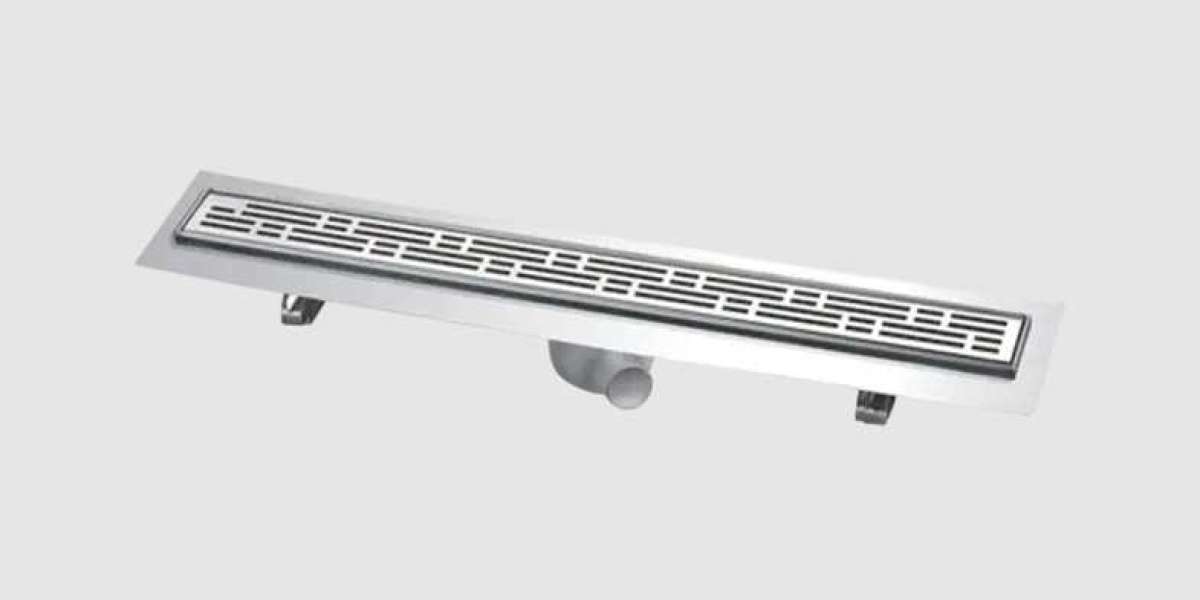Buscar

Economía y Comercio
How do I properly clean and maintain my shower drain to prevent clogs and other issues?
A shower drain is a plumbing fixture that is installed in the shower floor and is designed to allow water to flow from the shower area into the plumbing system.
Shower drains consist of several components, including a drain base, a strainer, a drainpipe, and a trap.
The drain base is the main component of the shower drain and is typically installed in the center of the shower floor. It is designed to slope slightly towards the drainpipe to ensure that water flows into the drain and does not pool on the shower floor.
The strainer is a cover that fits over the drain base and is designed to catch any debris or hair that might otherwise clog the drain. Most shower drain strainers are removable and can be cleaned or replaced as needed.
The drainpipe is a pipe that connects the drain base to the main plumbing system of the building. It is typically made of pvc or other durable materials and is designed to withstand the weight of water and other materials flowing through it.
The trap is a curved section of pipe that is located below the drainpipe. Its purpose is to prevent sewer gases from entering the shower area by creating a water barrier. The trap is filled with water, which prevents gases from escaping through the drain and into the shower.
When water is turned on in the shower, it flows over the drain base and into the drainpipe. From there, it flows through the plumbing system and into the municipal sewer system or septic tank. shower drains are an essential part of any plumbing system and help to keep shower areas clean and safe.
There are some safety considerations to keep in mind when it comes to shower drains.
Slip and fall hazards: If a shower drain becomes clogged or blocked, it can create a slip and fall hazard for anyone using the shower. To avoid this, it is important to regularly clean the shower drain and ensure that it is working properly.
Chemical exposure: When cleaning shower drains, it is important to use caution and follow the manufacturer's instructions for any cleaning products used. Many drain cleaners contain harsh chemicals that can cause skin irritation or respiratory problems if not used properly. Always wear gloves and protective eyewear when working with drain cleaning products, and make sure to use them in a well-ventilated area.
Bacteria and mold growth: Shower drains can be a breeding ground for bacteria and mold growth. This can lead to unpleasant odors and potential health hazards if left unchecked. To prevent this, it is important to clean and disinfect shower drains regularly, and to ensure that they are properly ventilated to promote airflow and prevent moisture buildup.
Drain covers: It is important to use drain covers in showers to prevent hair and other debris from clogging the drain. However, poorly designed or improperly installed drain covers can create a hazard by trapping fingers or toes. Make sure to use drain covers that are securely fastened and have no gaps or openings that could pose a risk.
Overall, periodically inspect the condition of your shower drain and its components. Check for any signs of damage, such as cracks, leaks, or loose fittings. Address any issues promptly to prevent further damage or water-related problems. By staying aware of potential hazards and taking appropriate steps to address them, you can help ensure that your shower drain is a safe and sanitary environment for all users.
It is important to consult with a professional shower drain suppliers or adhere to local building codes and regulations when modifying or customizing a shower drain. This ensures that the modifications are safe, compliant, and properly installed.
Comentarios






